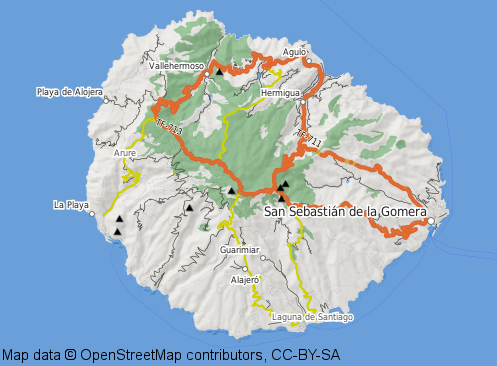“Baden-Württemberg gibt Geodaten frei”, so titelte beispielsweise Pro-Linux vor zwei Tagen. Schaut man sich das etwas genauer an, dann bleibt von dieser Aussage leider nur wenig übrig 🙁
Gut, die Maps4BW Rasterkarten stehen jetzt unter CC BY 3.0 zur Verfügung (leider derzeit nur in einem proprietären Format von ESRI[1]) und man darf daraus jetzt mit offizieller Erlaubnis durch abmalen von Rastergrafiken freie Vektordaten in (verglichen mit den Rohdaten) geringerer Qualität für OSM erzeugen!
Die eigentlichen Geodaten, aus denen diese Rastergrafiken erzeugt worden sind bleiben hingegen proprietär!
Wörtlich steht folgendes in den Nutzungsbedingungen des WMS:
Maps4BW liegen nicht offene Geobasisdaten zugrunde, deren Nutzung einer gesonderten Vereinbarung bedarf.
Die Rohdaten also, deren Erstellung zu einem Großteil vom Steuerzahler finanziert worden ist, stehen diesem also weiterhin nur unter einer teuren kommerziellen Lizenz zur Verfügung.
Sorry liebe Leute, aber das ist doch genau das worum es bei Opendata geht: Um die Freigabe von Rohdaten und eben nicht um irgendwelche hübsch aufbereiteten Rasterkarten! Bei Maps4BW handelt es sich zwar um eine recht brauchbare Webkarte, aber Anwendungen für die man Rohdaten benötigt (z.B. Routing oder Geocoding) kann man damit natürlich nicht machen.
Es wäre technisch erheblich einfacher gewesen Rohdaten zum download anzubieten statt daraus erzeugte Rasterkarten.
Es bleibt also festzustellen, dass die Freigabe von Geo-Rohdaten wohl auch unter einer Grün-Roten Regierung weiterhin nicht erwünscht ist.
Fazit: Opendata geht anders 🙁
[1] Der Firma ESRI, ist hier kein Vorwurf zu machen, deren Software kann die Daten problemlos auch in offenen Formaten liefern. Im Gegenteil ESRI verhält sich als Firma sogar ausgesprochen Opendata freundlich.

Neueste Kommentare